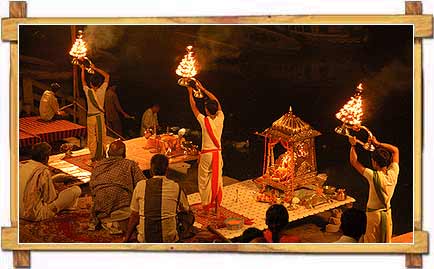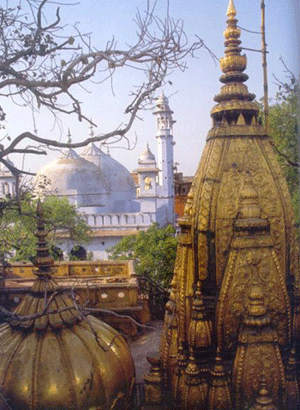The region between Varanasi-Bhadohi-Mirzapur is India’s carpet belt with Bhadohi near Varanasi being the epicenter of the carpet industry in India. Carpet weaving was introduced in India in the 16th century after the Mughal Emperor Akbar conquered India. Influeneced by the popular Persian culture, the Mughal dynasty set up carpet weaving centers that churned our Persian-inspired weavings as well as classic Mogul carpets featuring realistic floral and pictorial renditions.Now the carpet belt of this region near Varanasi is one of the key centers that produce both pile and flat-woven rugs available in an impressive range of qualities, designs, colorations, and sizes. The Bhadohi weavers have shown a remarkable ability to adapt to ever-changing Western decorative tastes while recreating Persian rug designs at increasingly higher quality standards. Moreover, their rugs are produced in an impressive range of qualities averaging from approximately 85 to 150 knots per square inch. Some of the weavers' dexterity is such that they are even able to produce carpets with over 300 knots per square inch. Most popular in the last decade have been wool dhurries, now mainly characterized by floral designs in an array of fashionable colorations including pastels and more vibrant hues. Also available, although in lesser quantity, are cotton dhurries displaying bold geometric patterns.
The weaving of the rugs is an extremely complex, and time consuming process. Once the yarn has been readied, the skill and artistry of the weavers begin. With the design already rendered in full scale, a team of three to five weavers will prepare a large handloom with the finest machine-spun threads, known as warp threads. Running from the top to the bottom of the loom, this extra strong foundation serves both as the base of the carpet and the trademark fringe.At this stage, gifted hands commence the time-honored process of looping knots of colored yarn around each warp thread, thus creating the rug’s dense pile. After each row of knots is tied, a weft yarn is passed from one side of the carpet to the other before the next row of knots is tied. The wefts are beaten down with heavy steel tools, keeping all the knots securely in place. This balance of tension and compression is unique to hand-woven rugs, and is one of the keys to their legendary durability. This patient process continues, with each craftsman tying as many as 10,000 to 14,000 knots a day – sometimes for as long as 18 months. Little wonder then that some of the hand woven rugs can cost up to a few thousand dollars.
The handwoven rugs are long lasting too and remain beautiful for decades. The key is to treat the rug like your prized antique furniture.
Subscribe to:
Post Comments (Atom)














I love your rugs,nice collection pictures ..get more beautiful and gorgeous rugs as i got.
ReplyDeleteGreat blog is posting here about shopping for carpets and rugs in Varanasi .. Learn how to send flowers to varanasi
ReplyDelete